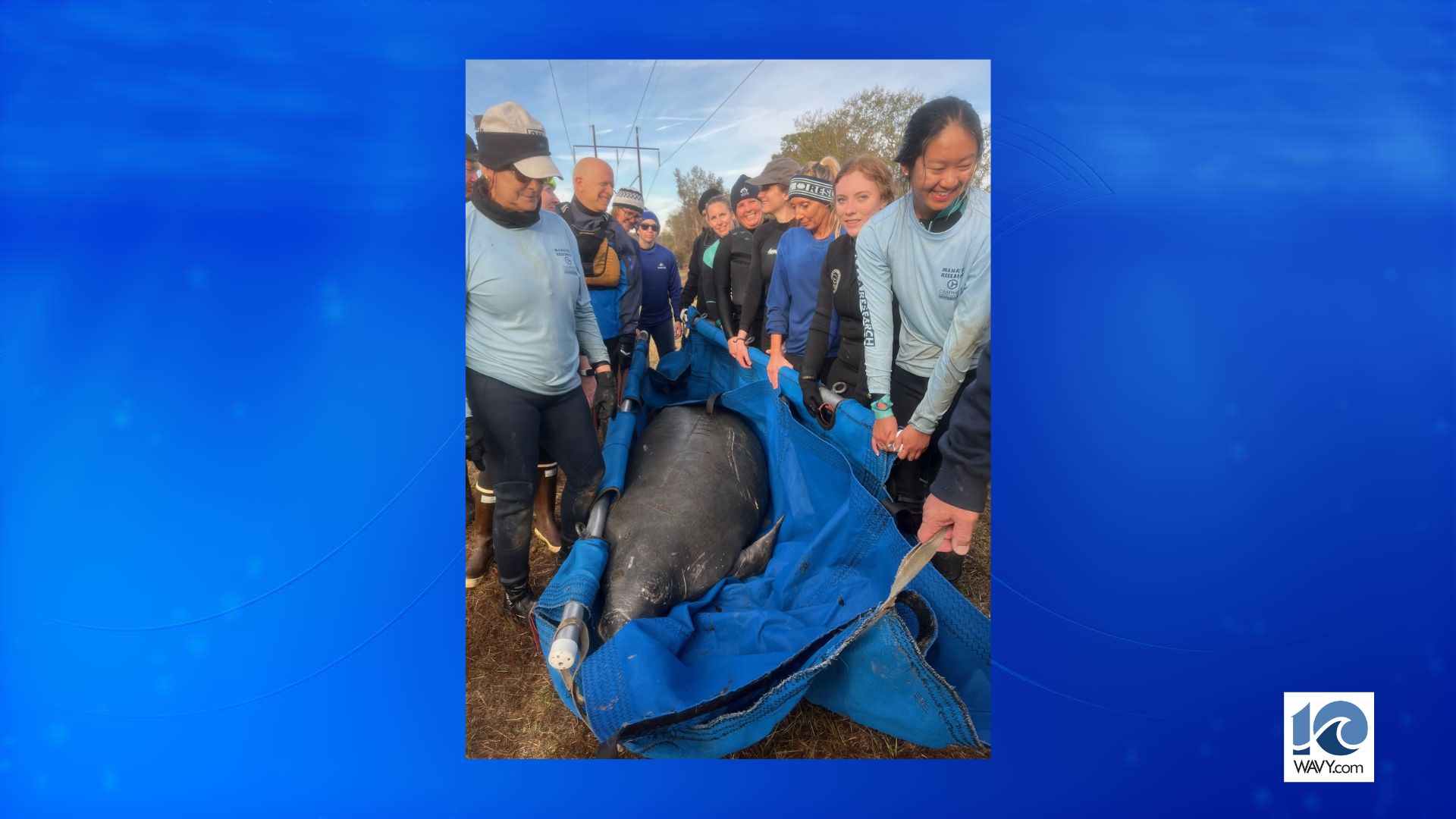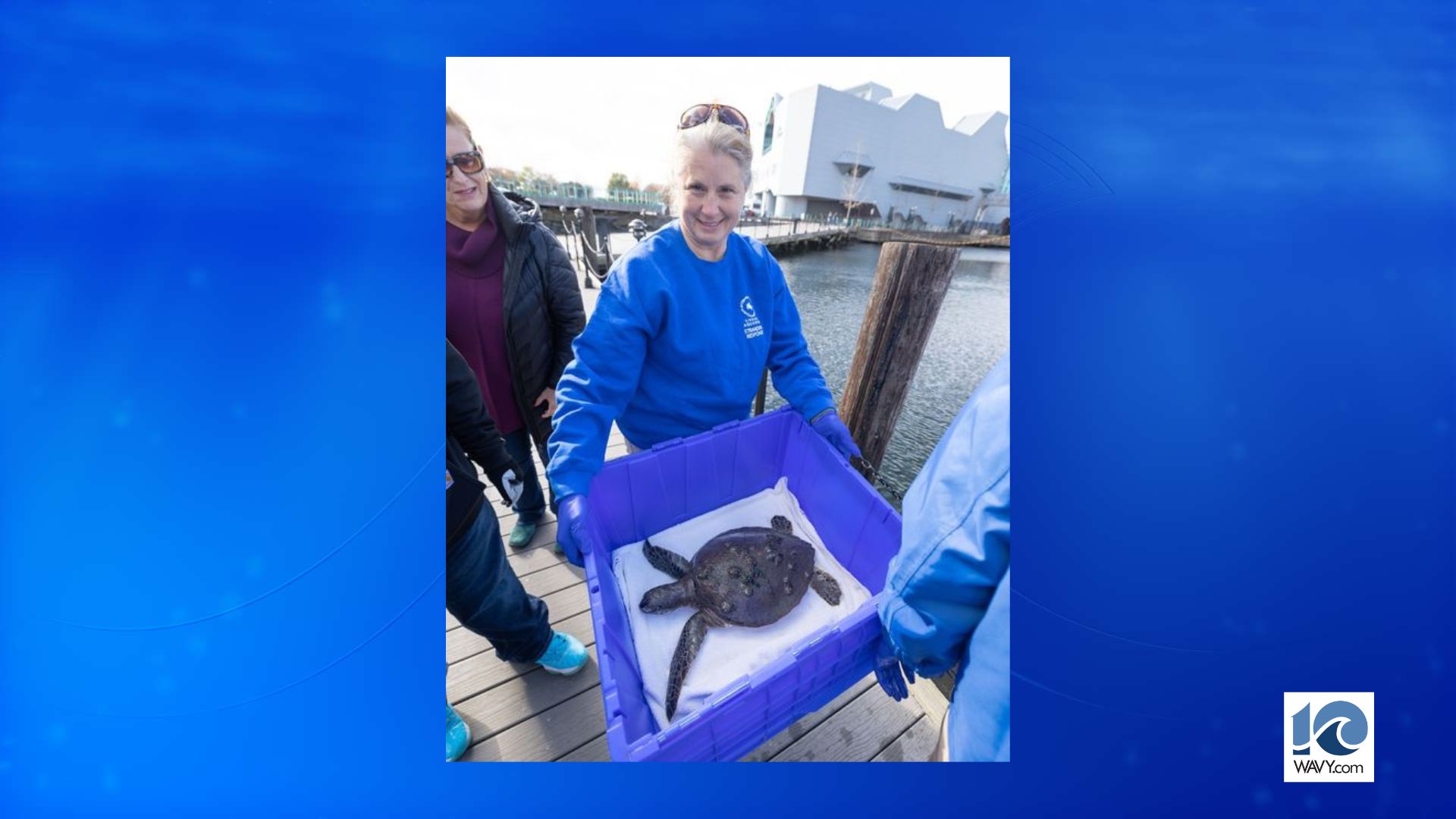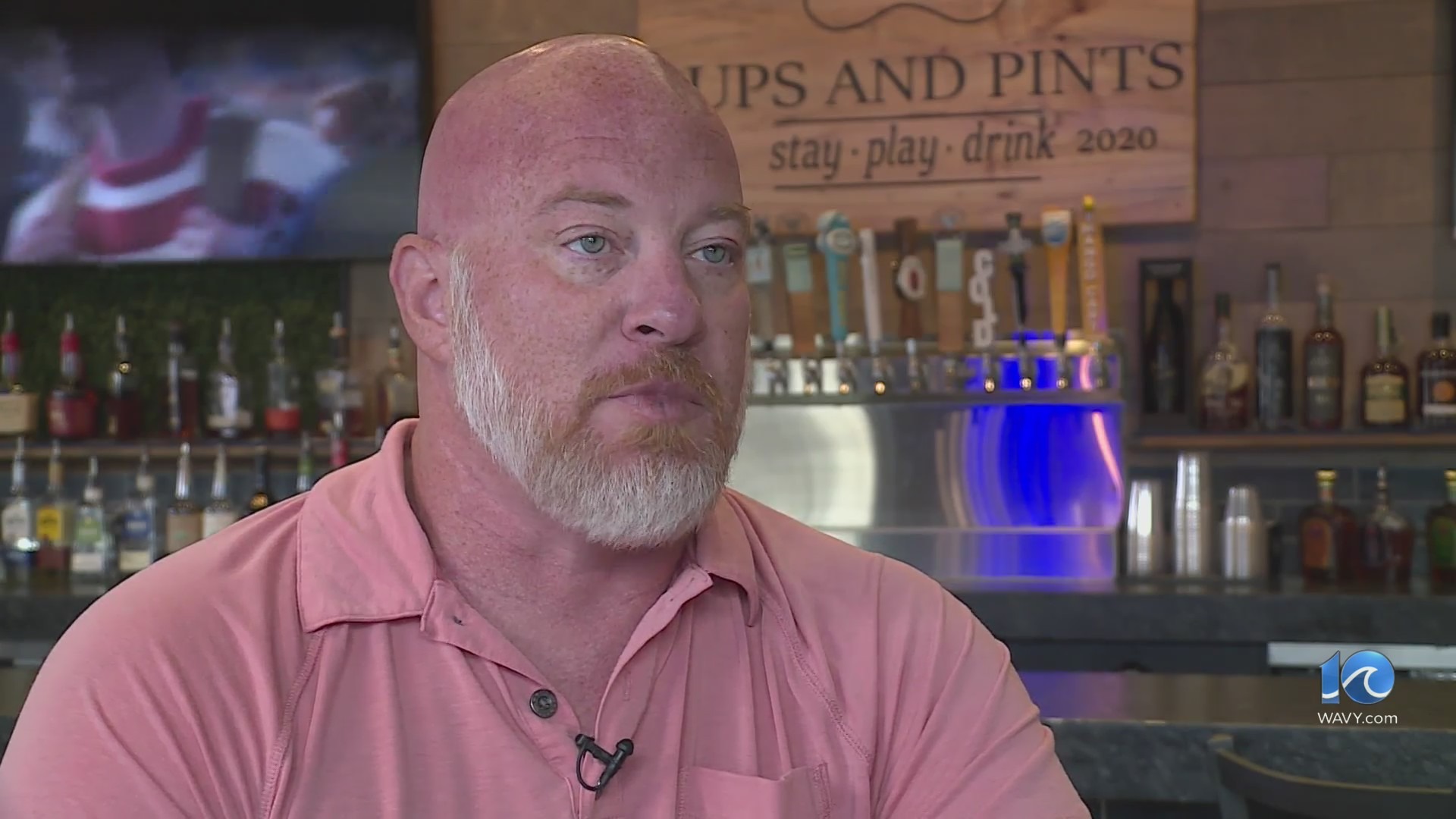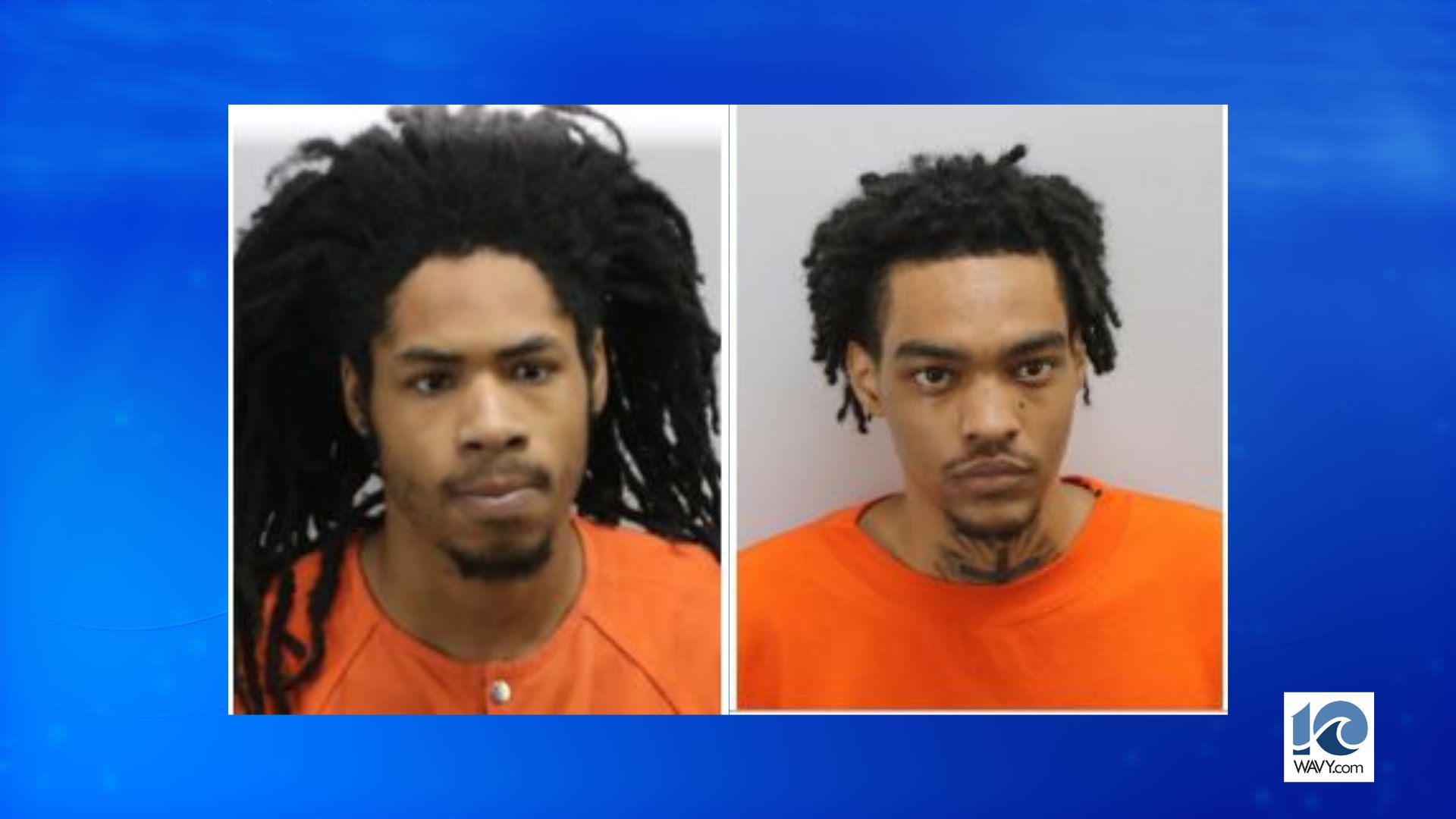AUSTIN (KXAN) — A traditional Mexican dance with historic roots is alive and well in Texas’ capital city.
If you ask long-time Austinites, much of the credit is owed to a man named Chuy Chacon.
“My first name is Jesus, but everyone knows me as Chuy Chacon,” the director and costume designer for Roy Lozano’s Ballet Folklórico de Texas in Austin said.
Stitch by stitch, one of the most important parts of the traditional Mexican folk dance, starts in a small room behind Chacon’s dance studio.
“Some of the costumes take about 12 yards of fabric,” Chacon said. “It has to have a lot of fabric for the movement.”
Through his costumes and choreography, Chaon has had a hand in captivating audiences for generations.
“Ballet Folklórico represents the traditions, the music, and the costumes for a nation…every country has a folklore,” he said. “Here in Texas, we celebrate more [of] the folklore from Mexico because we are very close…a lot of skirts, a lot of ladies trying to flirt with the guy.”
Chacon said their shows present around seven regions filled with different music and styles.
“The costume is completely different, the style of dance is completely different,” he said.
Locked hands and tapping feet in sync, dance partners practice for hours to get each step right before another performance.
“When you put on the costume, and onstage, you’re actually showing people the colors, the culture, and it’s just a very prideful moment,” Kassandra Gonzalez, a dancer for the Roy Lozano studio, said.
Gonzalez said she started dancing when she was 6 years old. She’s a part of a legacy, dating back to the 1980s. Many dancers like her have stuck with the company through adulthood.
“I was starting to learn the historical moments of these dances, there were stories behind them on why certain things are the way they are,” Gonzalez said.
Roy Lozano, a second-generation Mexican-American, started the company. It’s one of the oldest-standing ballet folkorico groups in the Austin area, according to the studio.
Staying connected to the deep Mexican roots is what keeps Ballet Folklórico alive. And it’s why Chacon said he doesn’t think the dance will ever die, at least in Texas.
He feels there are countless people who crave the cultural connection.
“A lot of the people they’re not able to go back to Mexico,” Chacon said. “So, by us being in this culture to them is this how they feel in Mexico.”
When asked how he feels seeing the tradition maintained, Chacon said it’s emotional.
“A little bit emotional…every time that we have a show, and we see the different culture standing and clapping and accepting our culture, for me, it means a lot, because it’s my past,” Chacon said.





































